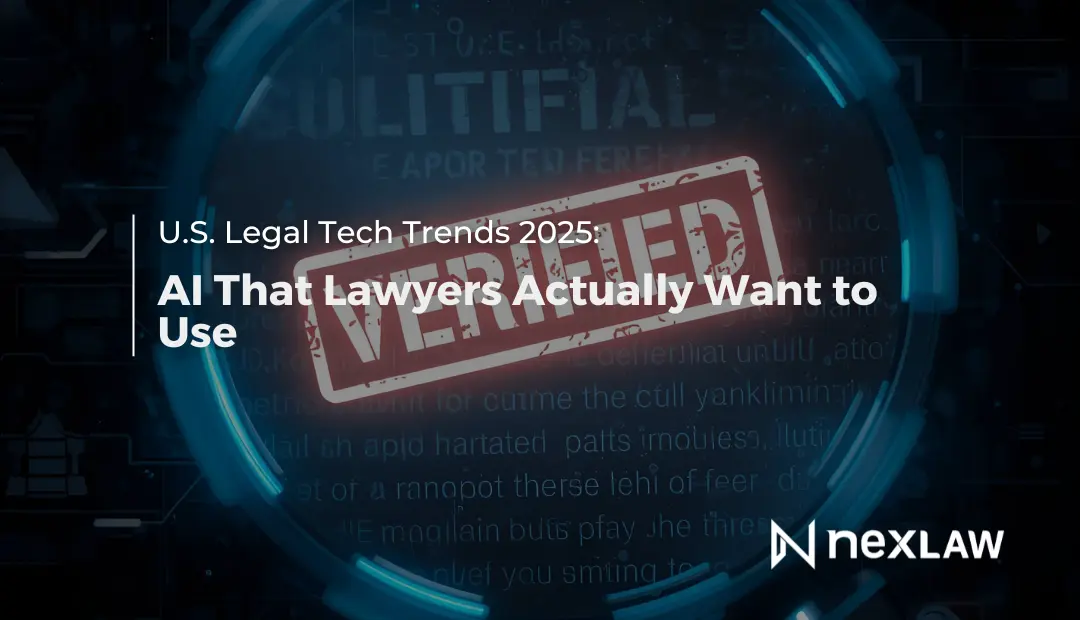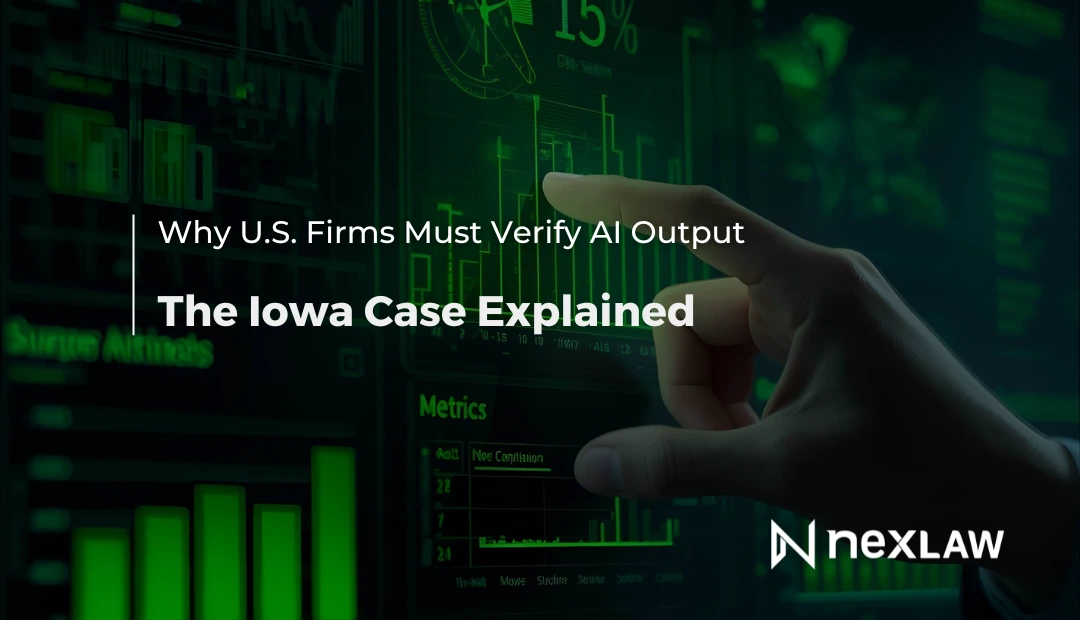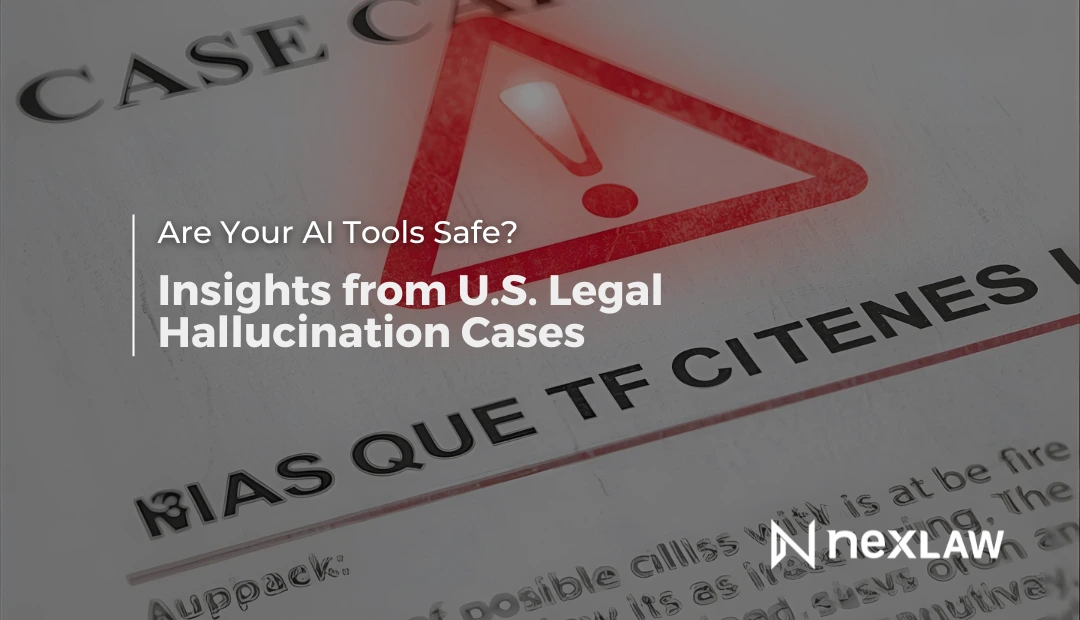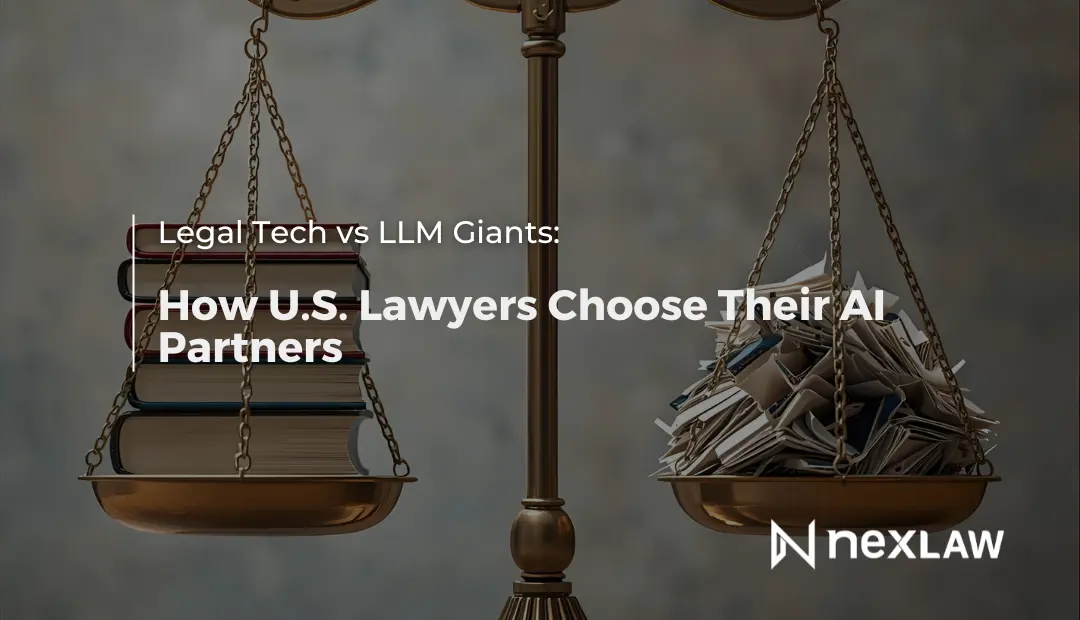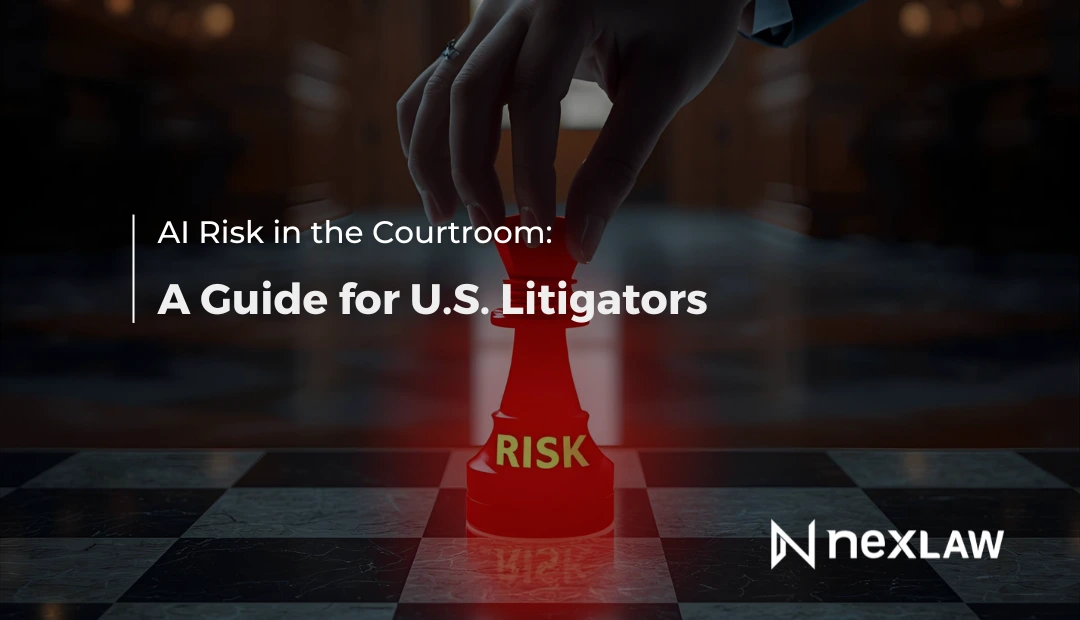U.S. Legal Tech Trends 2025: AI That Lawyers Actually Want to Use
Legal AI Is Everywhere — But Which Tools Do Lawyers Actually Use?
As the legal tech boom enters its next phase, the U.S. legal industry is flooded with new AI solutions. From flashy legal chatbots to fully automated case analyzers, there is no shortage of innovation. However, most practicing lawyers are not interested in hype.
Unlock Legal Insights Instantly!
They want practical tools that solve real problems—tools that are secure, trustworthy, and built for legal workflows.
In this article, we will explore the top AI trends shaping U.S. law firms in 2025 and highlight the technologies lawyers are actually adopting, not just experimenting with.
What Lawyers Are Prioritizing in Legal Tech
According to a recent survey from the American Bar Association and LegalTech Today, the most in-demand qualities for AI tools in 2025 are:
| Feature | % of Lawyers Who Prioritize It |
|---|---|
| Data security and confidentiality | 78% |
| Accuracy and legal context | 73% |
| Integration with existing tools | 66% |
| Transparent citation sources | 59% |
| Ease of use | 53% |
This shows a clear shift away from all-in-one LLMs and toward purpose-built tools that offer legal-grade reliability.
Trend 1: Shift Toward Vertical Legal AI Platforms
In 2023 and 2024, many firms tested general-purpose AI tools for drafting or research. By 2025, most have moved on. Lawyers now prefer platforms built specifically for legal workflows. These tools:
- Use vetted legal databases, not public web data
- Offer jurisdiction filters and legal citations
- Keep client data confidential and do not train on it
- Support tasks like e-discovery, deposition review, and litigation prep
Firms that used general chatbots in the past are now adopting specialized AI that fits within their ethical and workflow requirements.
Trend 2: AI-Powered Document Management Systems
As case files get larger and more complex, lawyers are turning to AI to help organize, search, and extract relevant content.
Key features lawyers want:
- Smart tagging based on case context
- Searchable summaries for large files
- Risk clause flagging in contracts
- Auto-linked facts across multiple documents
These tools are helping reduce hours of manual review while increasing accuracy in document handling.
Trend 3: AI for Litigation Strategy and Early Case Assessment
Litigators now expect AI to go beyond clerical work. Leading firms are using tools that assist with:
- Timeline construction from case documents
- Mapping arguments across evidence
- Identifying weaknesses early in a case
- Modeling possible outcomes based on precedent
These insights help lawyers make more strategic decisions and better serve their clients.
Trend 4: Compliance-First AI Adoption
Following several high-profile cases involving hallucinated citations or leaked client data, compliance is now a driving factor in AI tool selection.
Law firms are only adopting tools that:
- Offer full audit trails
- Allow human-in-the-loop workflows
- Never submit work without attorney review
- Make clear what sources were used
These platforms give lawyers the control and oversight they need to comply with ethical rules and court expectations.
Trend 5: Client-Facing AI With Guardrails
Some firms are experimenting with client portals powered by AI to help with intake or FAQ handling. But these are built with guardrails—never offering legal advice without human confirmation.
Popular use cases include:
- Intake forms that classify legal issues
- Chatbots that explain procedural steps
- Smart reminders for upcoming deadlines
By using AI in a controlled, non-advisory role, firms are improving client experience without risking unauthorized practice.
What Lawyers Are Avoiding in 2025
Not all AI trends are welcome. Here’s what lawyers are actively avoiding:
| AI Feature | Reason for Rejection |
|---|---|
| Black-box LLMs without citations | No way to verify or trust the outputs |
| Open web data training models | Risk of client data leaks or ethical violations |
| Auto-submission features | Lawyers need to review before court submission |
| Tools requiring massive data uploads | Concerns over confidentiality and security |
Trust, transparency, and legal context now matter more than sheer power.
How NexLaw Aligns with 2025’s Legal Tech Trends
The legal tech landscape in 2025 is shifting toward tools that prioritize usability, compliance, and practical efficiency. Legal professionals are no longer interested in flashy AI features that do not align with courtroom standards or firm-level accountability. Instead, they are choosing platforms that support real work and real results.
NEXLAW was built for this exact shift—empowering attorneys, paralegals, and solo litigators to meet the demands of modern legal practice while staying compliant and confident.
Built for the Legal Tools That Matter Now
- NeXa powers legal research with transparent citations, jurisdiction filters, and results drawn only from trusted legal databases
- ChronoVault 2.0 brings strategy to life by linking facts, exhibits, and timelines while preserving a defensible audit trail
- TrialPrep supports early case assessment, motion practice, and trial prep—all with checkpoints that require attorney validation
Every tool is designed with built-in transparency, human-in-the-loop workflows, and documentation logs that simplify compliance without slowing attorneys down.
Final Takeaway: Legal AI in 2025 Must Work, Not Just Impress
Legal professionals in 2025 are no longer buying into hype. They need AI tools that can be trusted in front of clients and courts—tools that document their process, protect data, and allow for human verification at every key step.
The most valuable legal AI tools are not the ones with the most buzz. They are the ones that deliver consistent, defensible, and compliant results.
NEXLAW is built on this exact foundation.
- Try the platform with a 3-day free trial—no credit card required
- Want full feature access? Choose the 7-day trial—credit card required
- Prefer a guided walkthrough? Book a demo call with our legal tech team
